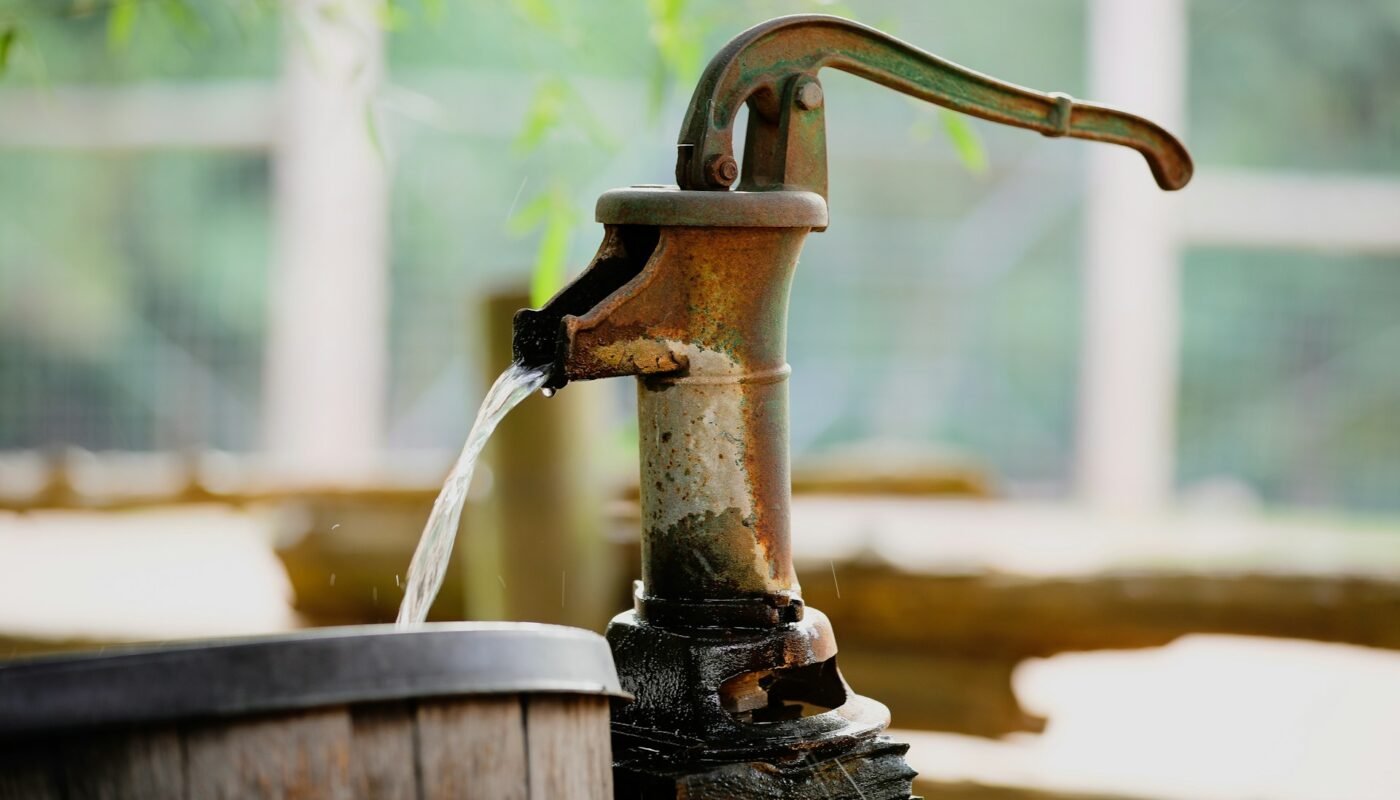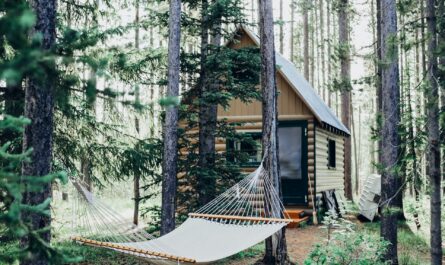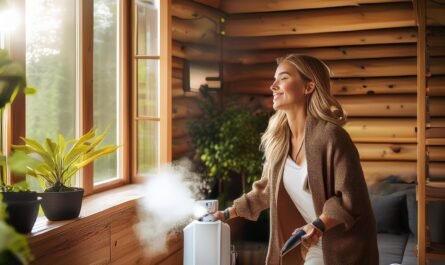Welcome to our comprehensive guide on setting up and managing water systems for cabins, tailored to cater to off-grid adventurers and those simply seeking a more sustainable lifestyle. Whether nestled in the remote wilderness or perched near a serene lakeside, ensuring a reliable and safe water supply is crucial for any small cabin water supply. This article explores various water system options suited for different settings and needs, from traditional well water setups and innovative rainwater harvesting to utilizing nearby natural water bodies and implementing cutting-edge, gravity-fed systems.
Table of Contents
I. Types Of Off Grid Cabin Water Systems
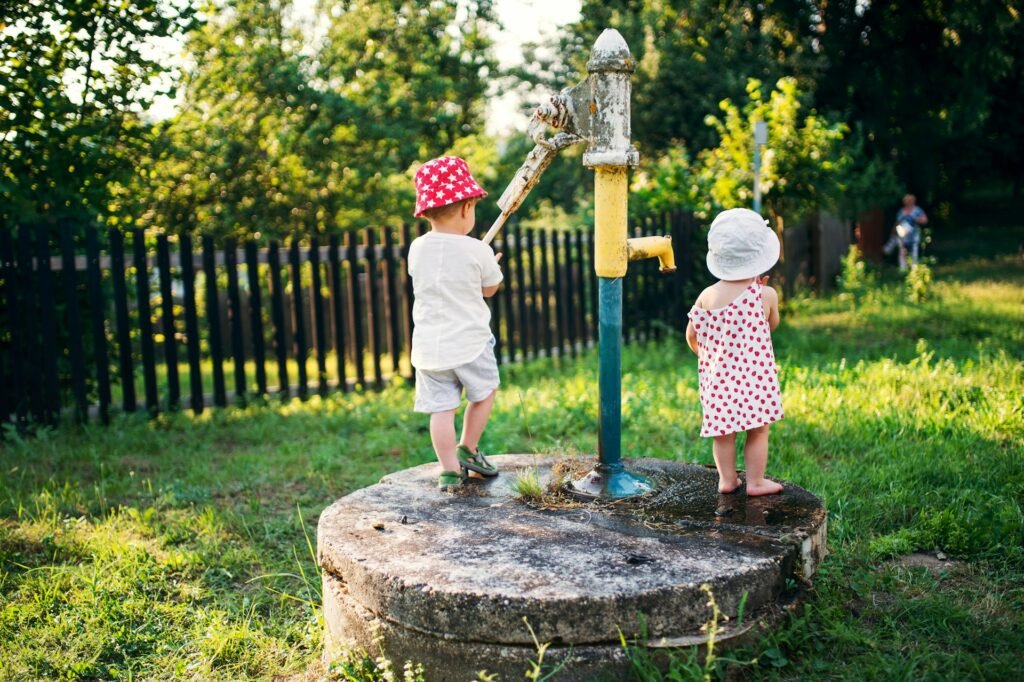
Setting up a cottage water supply system, particularly if it’s in a remote location or off-grid, involves several options depending on your needs, the availability of resources, and your commitment to sustainability. Here are some of the most common options for cabin water systems:
1. Well Water Systems
For cabins with access to an underground aquifer, a well can be a reliable water source. There are two main types of wells:
- Dug wells: These are shallow and often manually dug, suitable where the water table is high.
- Drilled wells: These can access deeper groundwater and are more contamination-resistant.
A well system typically includes a pump (submersible or above ground), pressure tank, and necessary piping. This setup is often preferred for its reliability and the ability to provide fresh water directly from the ground.
2. Rainwater Harvesting Systems
Rainwater harvesting involves collecting rain from rooftops and storing it in tanks. This system can be simple, involving just gutters, downspouts, and storage tanks, or more complex with filtration and purification systems for potable water. It’s an excellent option for reducing dependence on external water sources and minimizing environmental impact.
3. Lake or River Water Systems
This can be a viable water source if your cabin is near fresh water like a lake or river. This system would require a pump to draw water, and it must include a robust treatment system (including sediment filters, UV purification, and possibly reverse osmosis) to ensure the water is safe for drinking and domestic use.
4. Gravity-Fed Water Systems
These systems are ideal for cabins located downhill from a natural water source. Water is fed from a higher elevation source into a storage tank and flows down to the cabin using gravity. This eliminates the need for pumping systems, reducing energy use and maintenance. However, water treatment is still necessary if the water is to be used for drinking.
5. Hauled Water Systems
For cabins without access to natural water sources or where other options are impractical, hauling and storing water in large tanks is an option. This method requires a large storage capacity and careful water management to avoid running out before the next delivery. Water use tends to be highly conservative with these systems due to the cost and effort of transportation.
6. Combination Systems
Many cabins might find a combination of the above methods works best. For instance, using rainwater for washing and gardening while relying on well water for drinking can be an effective strategy. Combining sources allows for greater flexibility and security in water supply.
Considerations for Cabin Water Systems
- Water Treatment: Regardless of the source, water treatment is crucial, especially for drinking. Options range from simple filtration and disinfection to more sophisticated systems like reverse osmosis.
- Winterization: In cold climates, protecting your water system from freezing is essential. This might involve insulating pipes, using heat tapes, or burying water below the frost line.
- Maintenance and Sustainability: Regular maintenance is necessary to ensure the longevity and efficiency of your water system. Sustainability considerations might include using energy-efficient pumps and systems that minimize environmental impact.
- Regulatory Compliance: Always check local water-use regulations, especially when drawing from natural sources or installing treatment systems.
Each of these options comes with its own set of advantages and challenges, and the best choice depends on the specific circumstances of your cabin, your budget, and how you intend to use the property.
II. Understanding Cabin Water Systems
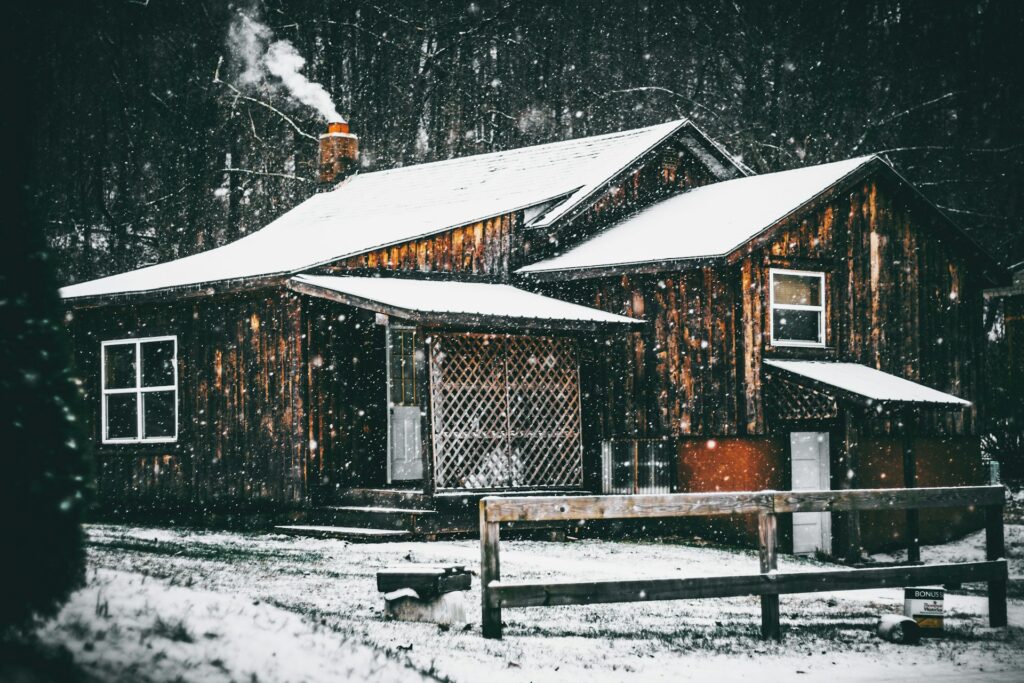
In the enchanting world of cabin living, where the pace slows, and nature’s symphony takes center stage, there’s nothing quite as comforting as the steady flow of clean water. But behind the scenes, a symphony of mechanical marvels orchestrates this liquid bliss: the cabin water system.
At the heart of it all lies the water pump, a trusty companion tirelessly drawing water from its source—be it a pristine natural spring, a serene lake, or a reliable well—into the bustling hub of your cabin. And what’s a pump without its faithful sidekick, the pressure tank? Together, they dance harmoniously, ensuring every drop of water reaches its destination with just the right amount of oomph.
But let’s not forget the unsung hero of the ensemble: the water lines snaking their way through the nooks and crannies of your cabin, delivering liquid goodness to every faucet and fixture. From the kitchen sink, where culinary magic unfolds, to the shower, where weary souls find solace, these humble conduits play a vital role in our cabin escapades.
III. Common Challenges with Cabin Water Systems
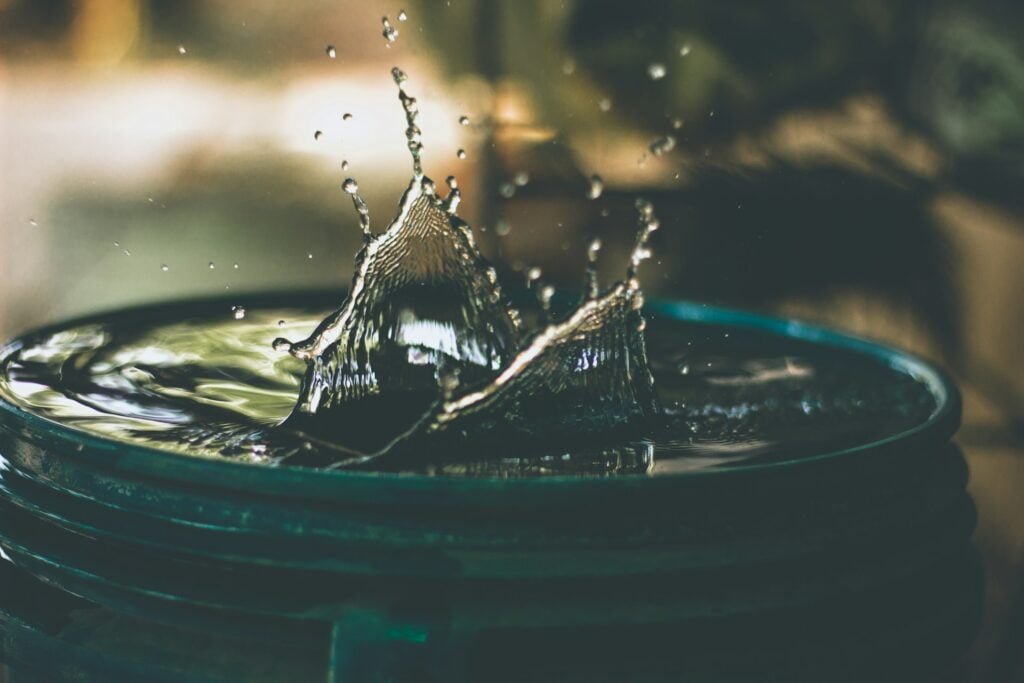
In the idyllic world of cabin living, where the rhythm of nature sets the pace and serenity reigns supreme, it’s easy to imagine that our water systems will flow as smoothly as a lazy river. But challenges can arise even in this rustic paradise, threatening to disrupt our aquatic haven’s harmony.
One of the most common adversaries in our quest for cabin bliss is the dreaded specter of low water pressure. Picture this: you’re standing in the shower, basking in the warmth of the water cascading over you, when suddenly… the stream dwindles to a feeble trickle, leaving you more frustrated than refreshed. From sediment buildup in the water lines to ailing pumps on the brink of retirement, many factors can conspire to dampen our water pressure woes.
And what of our trusty pump and pressure tank duo, the unsung heroes of our water symphony? Alas, even these stalwart companions are not immune to the ravages of time and wear. A failing pump can spell disaster for our cabin oasis, leaving us high and dry without relief. Meanwhile, a pressure tank on the fritz can lead to a maddening cycle of fluctuating pressure, leaving us feeling more like contestants in a water pressure rodeo than lords of our aquatic domain.
IV. Upgrading and Improving Cabin Water Systems
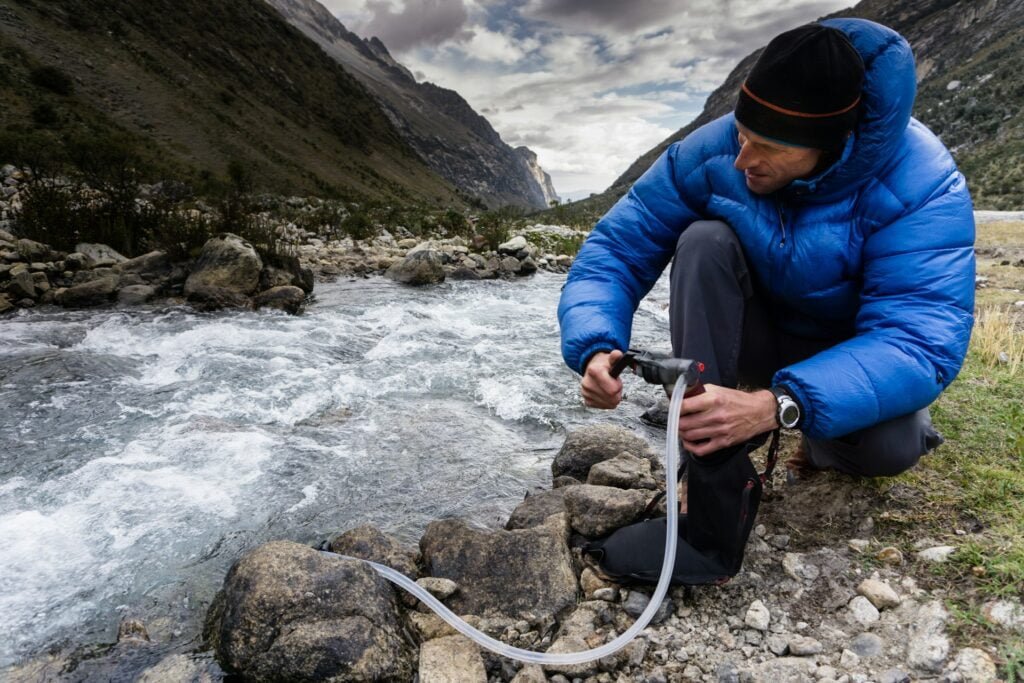
In cabin water systems, this call to action becomes particularly enticing as we seek to elevate our aquatic abodes to new heights of efficiency and elegance. At the forefront of this quest for improvement lies the noble pursuit of water filtration. In a world where clean water is the lifeblood of our cabin existence, investing in top-of-the-line filtration systems is not just a luxury—it’s a necessity. Whether battling the scourge of sediment or banishing the specter of contaminants, a high-quality filtration system can transform even the murkiest of waters into a crystal-clear oasis of refreshment.
But why stop there when the possibilities for enhancement are as vast as the horizon stretching out before us? Consider, if you will, the wonders of rainwater harvesting, a time-honored tradition that harnesses the power of nature to supplement our water supply. With only a few strategically placed barrels and a healthy dose of Southern resourcefulness, we can capture the precious bounty of the heavens and channel it directly into our thirsty homesteads.
And let us not overlook the transformative power of solar technology, which promises to usher in a new era of sustainability and self-sufficiency for off-grid pioneers everywhere. From solar water heaters that provide a reliable source of hot water to solar-powered pumps that keep our wells flowing freely, the possibilities for harnessing the sun’s energy are as boundless as the sky itself.
What is An Off-Grid Water System
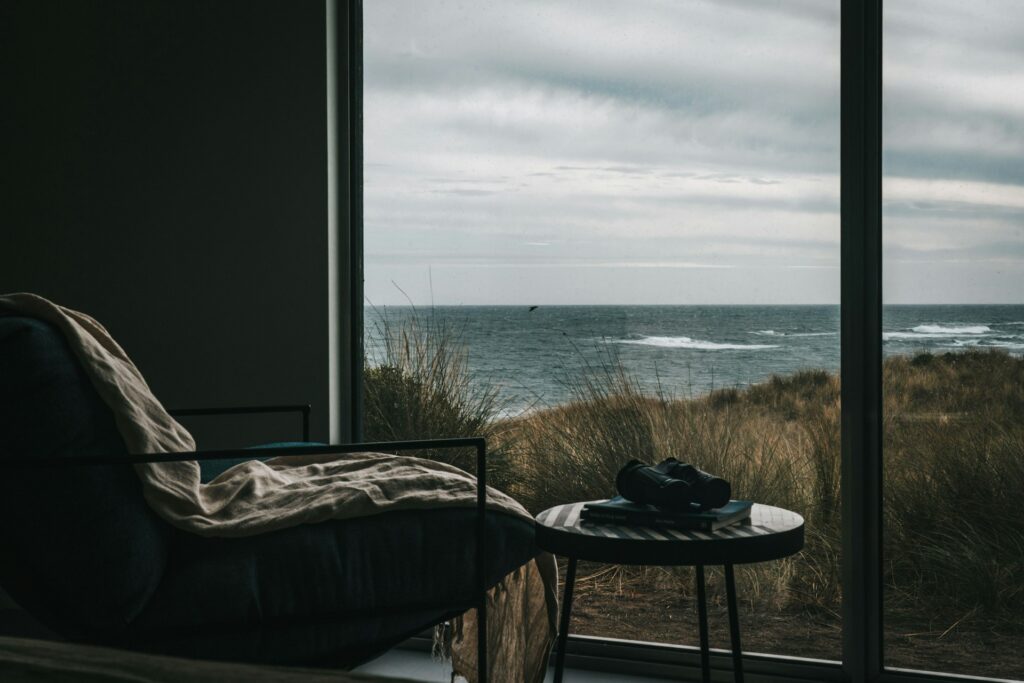
Using an off-grid water system for your cabin is an excellent way to ensure water independence, especially in remote or rural areas where municipal water services are unavailable. Off-grid systems not only provide a reliable water source but also promote sustainability. Here’s an overview of the key components and considerations for setting up an off-grid water system for your cabin:
1. Off-Grid Water Sources
The first step in setting up an off-grid water system is identifying a viable water source. Common sources include:
- Natural springs: Offering a potentially continuous supply of fresh water, though quality and flow can vary.
- Wells: Drilling a well is a popular choice for accessing groundwater. The depth and type of well will depend on geological conditions.
- Rainwater harvesting: Collecting rain water is a sustainable option that can be relatively simple to set up with gutters, downspouts, and storage tanks. In areas where the average rainfall is over 20 inches a month, this may be a suitable substitute for the municipal water system for outdoor watering.
- Surface water: Using water from nearby lakes or streams. This requires proper filtration and purification of lake water to ensure safety.
2. Water Storage
Use of a water pressure tank will make pumps run less and stabilizes pressure. Water storage is critical in maintaining a consistent supply and flow rate, particularly when source availability might be seasonal or variable:
- Water tanks: These can be made from various materials like polyethylene, fiberglass, or concrete, and can be positioned above or below ground depending on space and temperature conditions (to prevent freezing).
- Cisterns: For larger storage needs, cisterns can store significant amounts of water, often harvested from rain.
- Plastic Barrels: Utilizing food-grade barrels, this storage technique is ideal for supplying good water to small cabins.
3. Water Pumping
Pumps are essential to move water from the source to your cabin and throughout your water system:
- Submersible pump: Used in wells, these are placed directly in the water and push water to ground levelwater supply lines. Deeper submersible pumps may require you to upgrade your electrical system.
- Surface pumps: These draw water from shallow sources like springs or rivers and require protection from the elements.
- Solar pumps: Ideal for off-grid cabins, solar pumps run on power generated by solar panels, reducing the need for external electricity.
4. Water Treatment
Ensuring the water is safe for use is crucial:
- Filtration systems: These remove particulates and impurities from water. Water filters vary from simple sediment filters to more complex systems like reverse osmosis.
- UV purification: UV light can sterilize water, killing bacteria and viruses without chemicals.
- Chemical treatment: Using chlorine or iodine can be necessary when other purification methods aren’t sufficient, especially for dealing with certain bacteria and viruses.
5. Energy Considerations
Since off-grid systems often rely on alternative energy sources:
- Solar panels Can power pumps and treatment systems, making the water system almost entirely renewable.
- Wind turbines: Another renewable energy source that can power water system components, especially in windy areas.
6. Maintenance and Sustainability
Regular maintenance is vital to ensure the longevity and reliability of your water system:
- Regular cleaning and inspection of tanks and filters.
- Checking pumps and other mechanical parts for wear and tear.
- Monitoring water quality periodically to ensure it remains safe to use.
V. Preventing Water Contamination
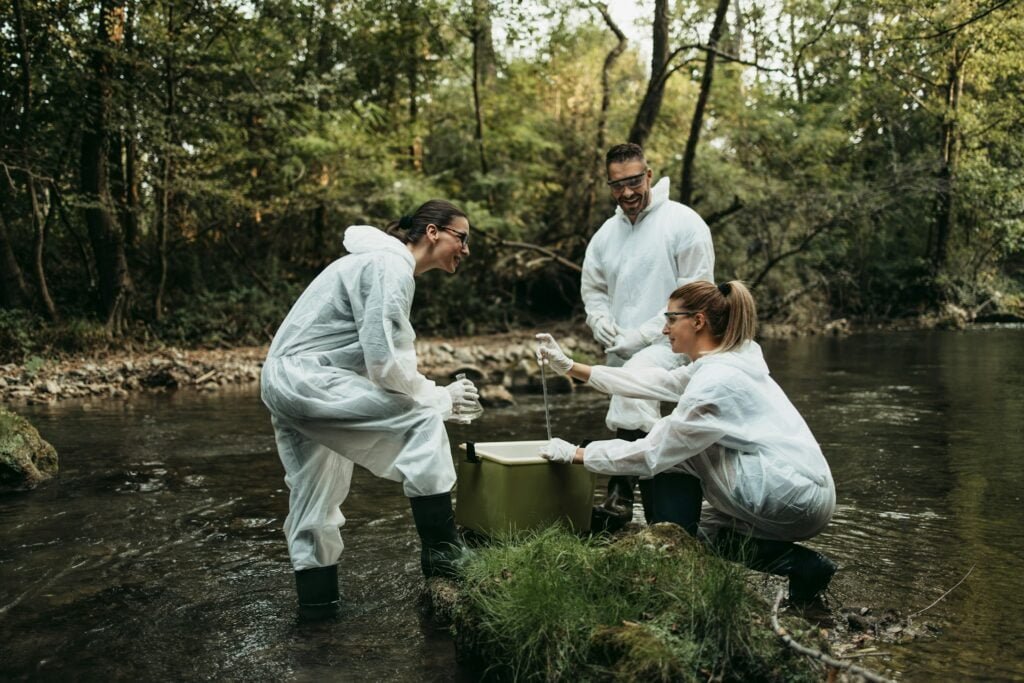
When managing off-grid water systems, one of the main concerns is ensuring the safety and purity of the water supply, particularly when it comes to contaminants like E. coli. This bacteria, commonly found in the intestines of animals and humans, can pose significant health risks if it contaminates drinking water. For those relying on off-grid systems, understanding and mitigating the risks associated with E. coli is crucial for maintaining safe water resources.
Sources of E. coli in Off-Grid Water Systems
E. coli contamination can occur in any water source exposed to human or animal waste. In off-grid settings, where water often comes from wells, springs, or collected rainwater, the risk increases if these sources are near agricultural areas or improperly managed septic systems. Runoff following rainfall can easily introduce E. coli from these sources into your water supply.
Risks at the Bottom of the Tanks
In off-grid systems, especially where water is stored in tanks, E. coli can accumulate at the bottom of the tanks where sediments gather. Over time, these sediments can harbor bacteria, creating a breeding ground for pathogens if not regularly cleaned and maintained. This is particularly concerning in tanks that are seldom emptied or cleaned, as the lack of circulation allows bacteria to settle and multiply.
Local Area and Water Safety
The risk of E. coli contamination can also be influenced by the local area’s environmental and human factors. For instance, water sources in regions with high livestock density are more prone to contamination. The local practices concerning animal husbandry and waste management play a critical role in maintaining the cleanliness of local water resources. Awareness and cooperation within the community are essential for preventing E. coli outbreaks and ensuring the overall safety of the water.
Prevention and Treatment
To safeguard water supplies in off-grid systems from E. coli contamination, regular monitoring and treatment are imperative. Here are a few strategies:
- Regular Testing: Water should be tested regularly for E. coli and other pathogens, especially after events like heavy rains or floods which can introduce new contaminants into your water source.
- Proper Filtration and Disinfection: Using appropriate filtration systems that can remove particles where bacteria may reside is crucial. Disinfecting the water, through boiling, chemical treatment, or UV light, can effectively eliminate E. coli present in the water.
- Tank Maintenance: Regular cleaning and maintenance of storage tanks are vital. Ensure tanks are sealed and covered to prevent contaminants from entering. Periodically draining and cleaning the bottom of the tanks can remove sediments that accumulate over time.
VI. Sustainable Practices for Cabin Water Usage
In the idyllic retreat of cabin living, where every drop of water counts, adopting sustainable practices for water usage is not just responsible—it’s essential. As more cabin owners seek to minimize their environmental footprint or minimize the electrical grid’s footprint, understanding and implementing sustainable water management strategies becomes paramount. This section explores various techniques and tools designed to conserve water, optimize its usage, and ensure a reliable supply, even in times of water shortage.
We’ll delve into how integrating rain barrels can effectively capture and reuse rainwater, providing cabins with their own water source that lessens dependence on external supplies. Additionally, by focusing on the efficiency of point of use, we can significantly reduce wastage without compromising on the comforts of cabin life. Adjusting flow rates of fixtures, for example, can yield substantial savings in water use, preserving this precious resource for future needs.
Gravity-Fed Water systems
Gravity-fed water systems are a popular choice for off-grid homes due to their simplicity and reliability. These systems harness the natural force of gravity to supply water, making them ideal for remote locations where conventional plumbing solutions are impractical. Here’s a closer look at how these water delivery systems work, especially in off-grid living, incorporating key aspects like water storage tanks, gallon capacities, and cold water management.
Understanding Gravity-Fed Water Systems
At its core, a gravity-fed water system involves three main components:
- Water Source: This could be natural springs, rainwater collection, or even a nearby stream. The purity and reliability of the source are crucial for the system’s effectiveness.
- Water Storage Tank: The tank is typically positioned at the highest point relative to the home to utilize gravity for water pressure. In off-grid homes, choosing the right size for your water storage tank is critical to ensure a steady supply. A common choice is a gallon water tank that can hold a substantial amount of water to meet daily needs without frequent refilling.
- Distribution System: This includes all the piping that carries water from the storage tank to various points of use within the home. The system must be designed to minimize pressure loss and ensure efficient water flow.
Key Features of Gravity-Fed Water Systems
- Sizing the Water Storage Tank: For off-grid homes, it’s important to have a sufficiently large gallon water tank to accommodate days when replenishment might be slower due to weather conditions or seasonal changes. Using an elevated tank is a good idea if you don’t have power grid access or don’t want the expense of installing an electric pump. Tanks are often sized based on the number of occupants and average daily water usage, considering both drinking water and other domestic uses.
- Cold Water Management: In colder climates, managing the supply of cold water can be a challenge. Water storage tanks should be insulated and possibly buried below the frost line to prevent freezing. Additionally, pipes should be insulated to maintain water flow during freezing temperatures.
- Energy Efficiency: One of the greatest advantages of gravity-fed systems in off-grid homes is their lack of dependence on external power sources. This system eliminates the need for electric pumps, reducing both energy usage and operational costs.
- Water Pressure Considerations: While gravity-fed systems are economical and environmentally friendly, they typically provide lower water pressure compared to systems with mechanical pumps. This can affect the functionality of modern appliances like dishwashers and washing machines that require higher pressure. Adjustments may be needed, such as choosing appliances specifically designed for low-pressure systems.
Advantages for Off-Grid Homes
- Sustainability: These systems are highly sustainable as they use natural topography to supply water, reducing reliance on mechanical components and fossil fuels.
- Reliability: With fewer mechanical parts, gravity-fed systems have a lower risk of mechanical failure, which is a significant advantage in remote locations where repairs can be challenging and costly.
- Cost-Effectiveness: After the initial setup, the ongoing costs are minimal. There are no monthly energy bills for pumping water supply lines, and maintenance requirements are generally low.
Installation Tips
- Elevate the Tank: Ensure the water storage tank is sufficiently elevated above the home to create adequate pressure. The height needed can be calculated based on the pressure requirements of your plumbing fixtures.
- Choose the Right Pipes: Use high-quality pipes that can withstand environmental stresses and prevent leaks. The diameter of the pipes should be chosen to optimize water flow and pressure.
- Regular Maintenance: Regularly check for leaks, ensure the tank is clean, and replace filters or treat the water as needed to maintain water quality.
VII. Use of Tankless Hot Water Systems
Installing a tankless water heater in your home can offer a range of benefits, from continuous hot water supply to increased energy efficiency and space savings. However, choosing and installing the right tankless water heater involves considering various factors, including local regulations, your area’s climate, and your household’s specific needs. Let’s explore how to effectively install and use a tankless water heater while addressing key considerations such as local codes, handling cold climates, integrating a gray water system, and evaluating different options available.
Understanding Tankless Water Heaters
Tankless water heaters, also known as on-demand water heaters, provide hot water only as needed without storing any water internally. This contrasts with traditional tank heaters, which keep a large volume of water heated at all times. The tankless design not only saves energy but also ensures an unlimited supply of hot water, which is ideal for families or situations where hot water usage is high.
Local Regulations and Installation
Before installation, it’s crucial to understand and comply with local regulations concerning water heaters. These regulations can dictate everything from the unit’s placement and installation procedures to efficiency requirements and emissions standards. It’s advisable to consult with a professional installer familiar with your area’s specific building codes and standards. This ensures that your installation is compliant, safe, and optimized for performance.
Options for Different Needs
When selecting a tankless water heater, there are different options to consider based on fuel type, size, and efficiency:
- Fuel Type: Tankless heaters can be powered by electricity, natural gas, or propane. Your choice will depend on the availability and cost of these fuels in your area, as well as the existing infrastructure of your home.
- Size and Capacity: The size of the unit should match your hot water demand. This is typically calculated based on the number and type of water fixtures in your home and the peak demand for hot water.
- Energy Efficiency: Higher efficiency models might be more expensive initially but can provide significant savings in the long run through reduced energy costs.
Addressing Cold Climates
In cold climates, tankless water heaters face additional challenges as incoming water temperatures can be significantly lower, requiring more energy to heat the water to the desired temperature. It’s important to choose a model specifically designed for cold climates, which may include integrated features to prevent freezing and to handle higher heating demands.
Integrating with a Cabin Grey Water System
Integrating a tankless water heater with a gray water system can further enhance your home’s efficiency. Gray water from showers and sinks can be diverted to a gray water pit for irrigation or other non-potable uses or to your cabin’s septic system. When setting up such a system, ensure that the tankless heater can handle the water quality and that it does not interfere with the heater’s efficiency and performance.
Installation Considerations
Proper installation is key to maximizing the efficiency and lifespan of your tankless water heater:
- Venting: Gas-powered units require proper venting to expel exhaust gases safely outside. This setup must adhere to local codes and manufacturer’s instructions.
- Scaling and Maintenance: In areas with hard water, tankless units may be prone to scaling, which can reduce efficiency and damage the unit. Regular maintenance and possibly installing a water softener can help mitigate these issues.
- Placement: Since tankless water heaters supply hot water directly, consider placing them in a location that minimizes the distance to the most frequently used fixtures. This reduces the wait time for hot water and energy loss.
Final Thoughts About Cabin Water Systems
Selecting and maintaining the right water system for your cabin is crucial for ensuring both comfort and sustainability in your rustic retreat. We have explored a range of water system options, from the simplicity of gravity-fed systems to the robustness of well water setups, each with its own advantages and considerations. Whether you’re collecting rainwater, drawing from a nearby lake, or relying on hauled water, understanding the specifics of installation, maintenance, and local regulations is key to a successful setup.
By integrating the right water treatment practices, protecting your system against the elements, and adhering to sustainable usage principles, you can ensure a reliable and efficient water supply. Remember, each cabin’s location and needs are unique, so carefully assess all factors to choose the most suitable system. With the right approach, you can enjoy uninterrupted, clean water at your cabin, making your getaways both enjoyable and environmentally responsible.
